Mysteries of Gobekli Tepe: what the world's oldest ruins hide
Categories: Asia | Design and Architecture | History | Science
By Pictolic https://pictolic.com/article/mysteries-of-gobekli-tepe-what-the-world39s-oldest-ruins-hide.htmlScientists have always been interested in the question of which building is the oldest. There is no exact answer to this yet, because more and more new archaeological objects are being discovered regularly. Today, the oldest structure is considered to be the sanctuary at Göbekli Tepe, in Turkey. It was discovered at the end of the 20th century and is still considered the oldest in human history.
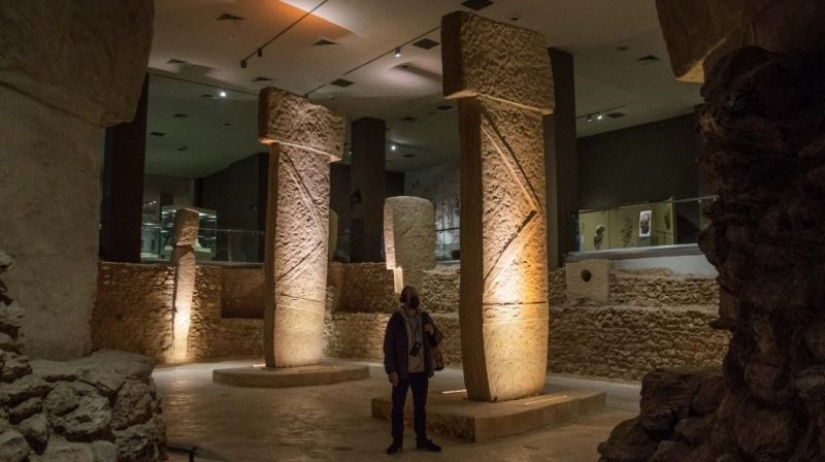
The Gobekli Tepe sanctuary is located 12 kilometers from the city of Sanliurfa in southeastern Turkey. This is a temple complex of limestone pillars 2-3 times human height, covered with mysterious symbols and hidden inside a hill. Archaeologists believe that the structure was erected 11 thousand years ago.
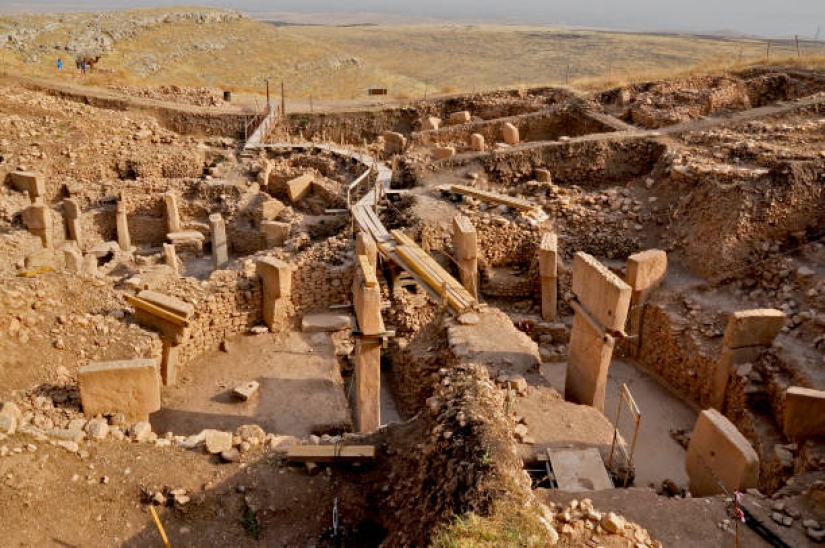
Unknown ancient craftsmen carved and installed these pillars in 9600 BC. This is the so-called era of the early stage of the Pre-Pottery Neolithic. To be objective, we must admit that there are also older buildings made of wood and mammoth tusks. But Göbekli Tepe is the oldest stone structure known to date. These pillars are several thousand years older than Stonehenge and the Portuguese cromlech of Almendres.
The Gobekli Tepe complex is still taken as the starting point of monumental architecture. Excavations in this area are far from complete. It is already obvious that dozens of such structures are hidden underground nearby. This is a very valuable archaeological site, so in 2018 it was added to the UNESCO World Heritage List.
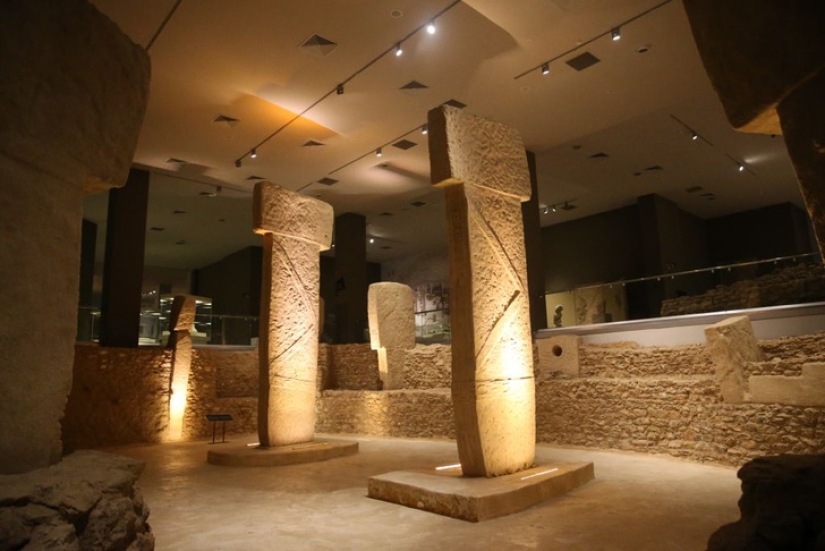
Archaeologists discovered the first traces of human activity in Göbekli Tepe back in the 1960s. These were primitive flint tools. Professor Peter Benedict, an archaeologist from the United States, then suggested that traces of sites of Stone Age people may be hidden in the hills. But the stone structures were found by a German expedition led by Klaus Schmidt only in 1994.
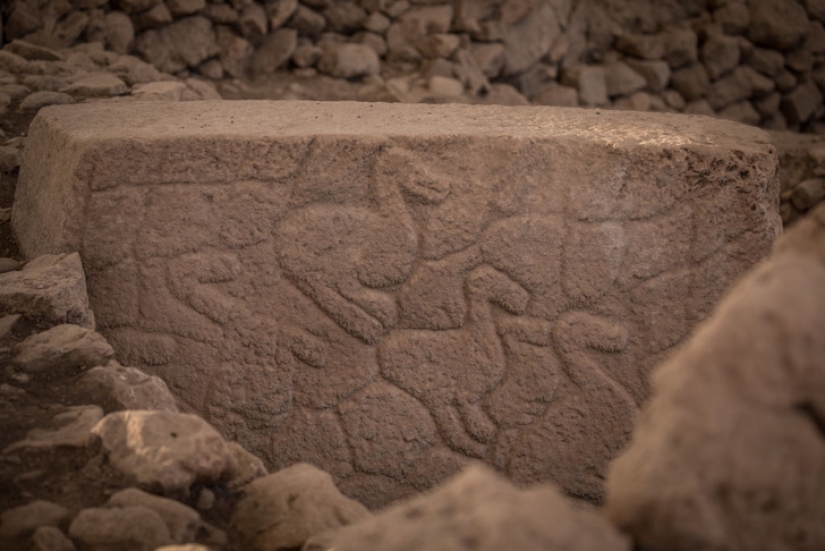
The attention of scientists from Germany was attracted by the boulders that the peasants complained about. They protruded from the ground and interfered with farming. Local residents tried more than once to get rid of them, but nothing worked. This is not surprising, since upon examination it turned out that these were only the tops of huge T-shaped steles. In 1995, excavations began at the site, and soon Schmidt announced a world sensation.
Scientists are sure that these are the remains of religious buildings. Most likely, the steles once supported the roof of an impressively sized temple. There is a hypothesis that this place was sacred for the inhabitants of this area. It is possible that people came to Göbekli Tepe to perform certain rituals from 100-200 km away.
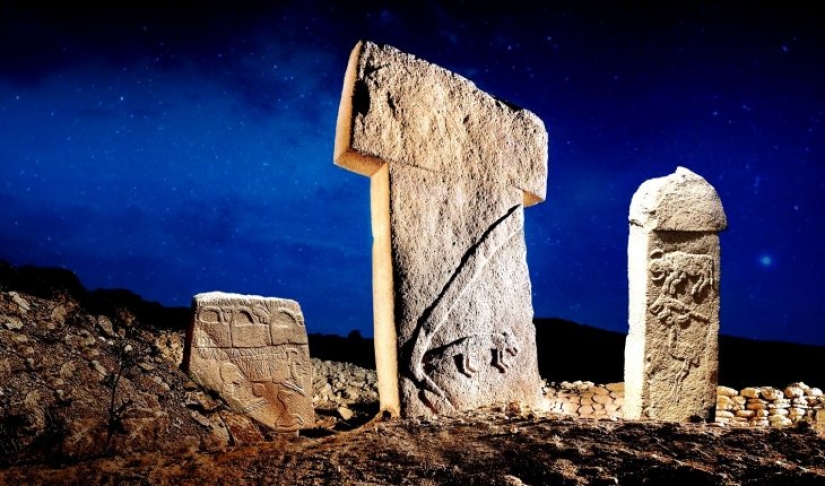
Archaeologists suggest that the ancient circles of pillars are associated with the cult of the dead. Among the relief designs on pillars, images of snakes are most often found. Among ancient tribes, these reptiles were associated with the other world. Several primitive animal sculptures were found next to the steles. Some of them held objects in their paws that looked very similar to human heads.

On the stele with number 43 you can see a large bird and a headless human body. The severed head lies next to him. The bird looks like a vulture, but it is impossible to say for sure that it is a scavenger. Scientists have drawn an analogy with Zoroastrian funeral rites, when the body of the deceased was given to scavenger birds.
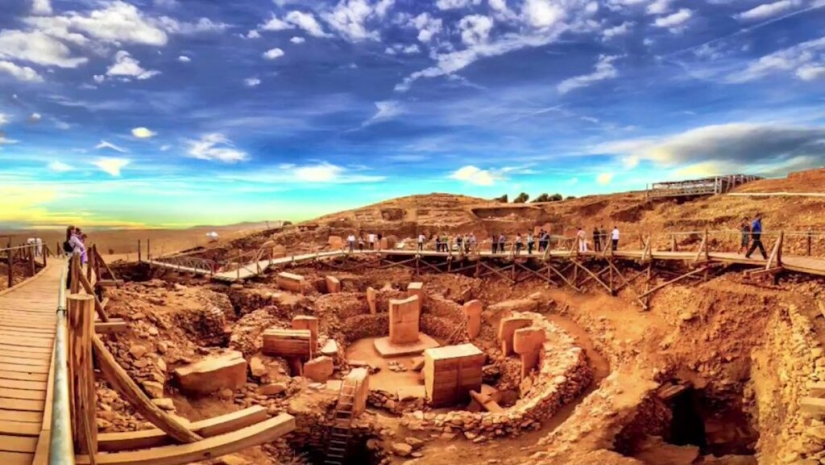
Already in the 2000s, fragments of human skulls were found in Göbekli Tepe. Some of them had traces of paint or artificially made holes and grooves. Scientists suggest that among the ancient builders of the temple complex, religion was associated with the cult of skulls.
The construction of this temple complex is one of the greatest mysteries of modern architecture. At the time when it appeared, people did not know agriculture and lived in groups of 30-40 people. They were hunters and gatherers who did not have metal tools or even wheels. At that time, draft animals that could help in construction had not yet been domesticated.
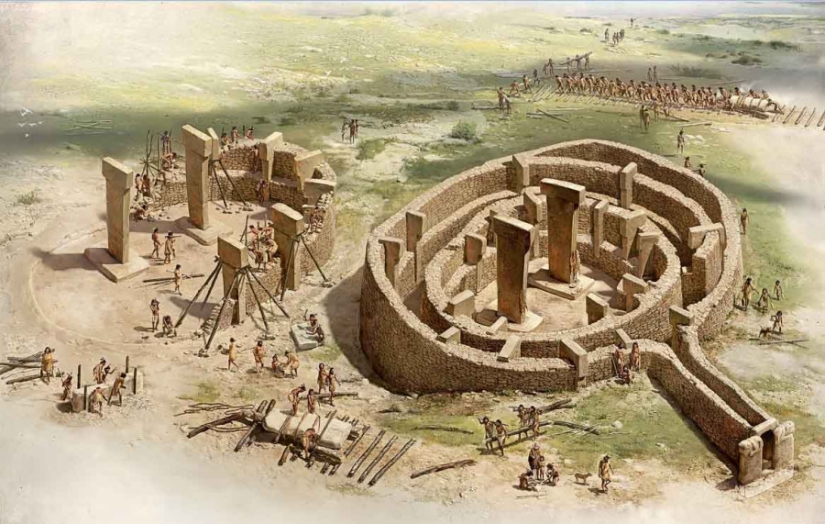
Most likely, the pillars were carved with stone tools from nearby limestone rocks. After that, they were dragged into place and somehow installed vertically. It was incredibly difficult. Klaus Schmidt in his book “They Built the First Temples” compared the builders of Göbekli Tepe and the inhabitants of Easter Island.
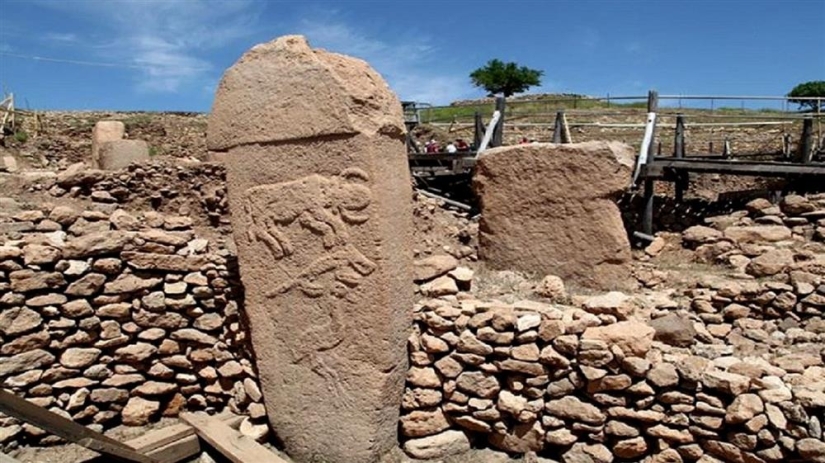
The Norwegian scientist Thor Heyerdahl, who studied the giants of this island, conducted an experiment. He moved the 12-ton statue using wooden runners and ropes. To do this, it was necessary to attract 180 people. Some of the megaliths of Göbekli Tepe are larger - they weigh more than 15 tons and their height reaches 5 meters.
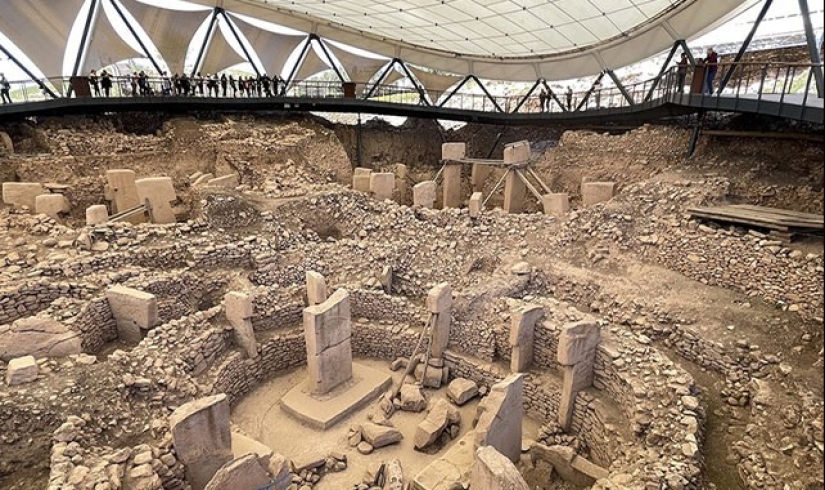
All this suggests that such construction requires not only the involvement of human resources. The ancients had to be able to plan, manage and organize construction processes. Someone else had to provide food for the craftsmen involved in the construction of the temple.
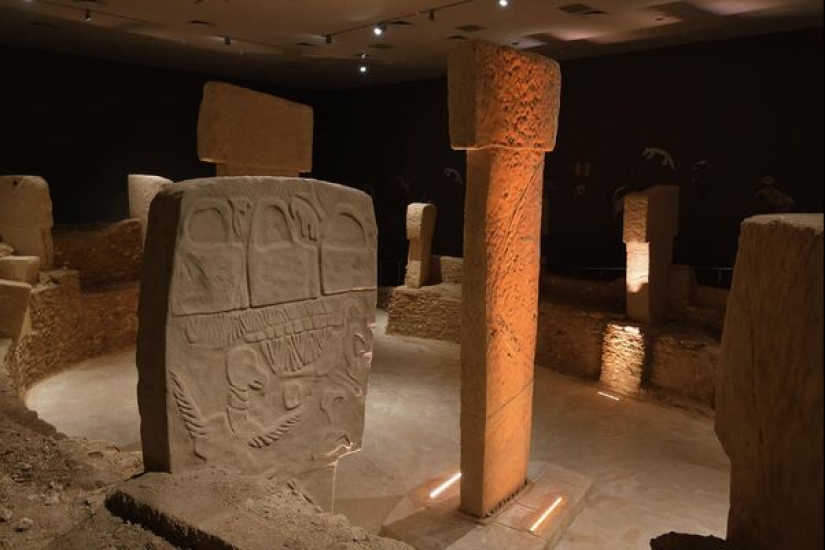
Another riddle of Gobekli Tepe requires an answer. Why did ancient people preserve the temple complex? At the beginning of the 8th millennium BC, the structure was carefully covered with stones and covered with soil. Klaus Schmidt suggested that this was due to the transition of the inhabitants of the area to agriculture and cattle breeding.
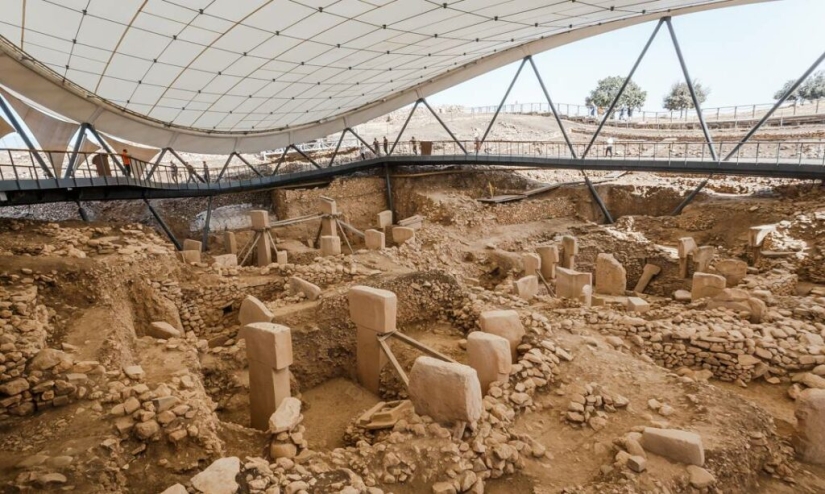
They probably already had different ideas about the structure of the world and a different religion. At the same time, they showed respect for the work of their ancestors and did not destroy it, but said goodbye to the temple and hid it underground. Maybe this was some kind of rite of parting with the old gods of hunting, symbolizing the beginning of a new era?
Recent articles

Leonardo da Vinci was accused of being fond of orgies. William the Conqueror, despite all his successes, was called a "Bastard" ...

Modesty? Decency? A sense of tact? No, you haven't heard! Just look at what the people from the selection below are doing! No ...

American documentary photographer Bruce Davidson came to the UK in 1960 for a couple of months on the assignment of Queen magazine. ...